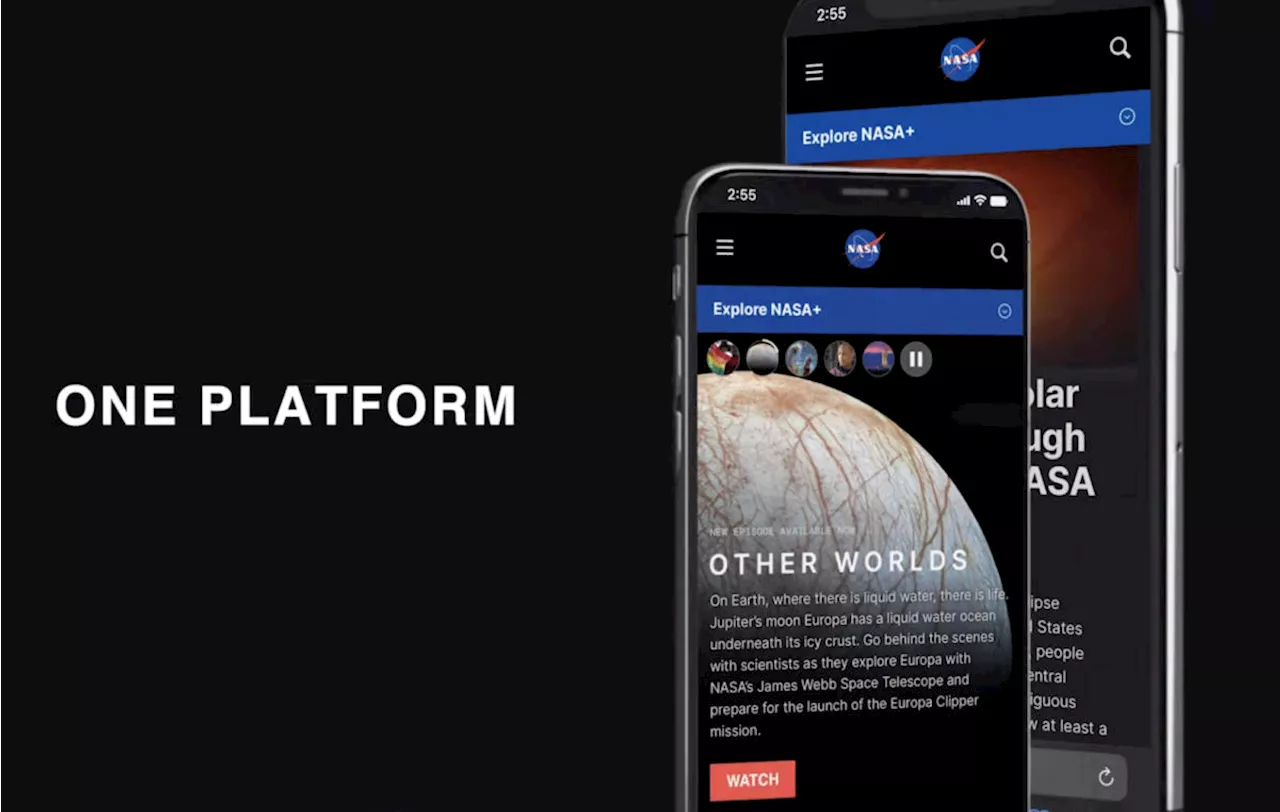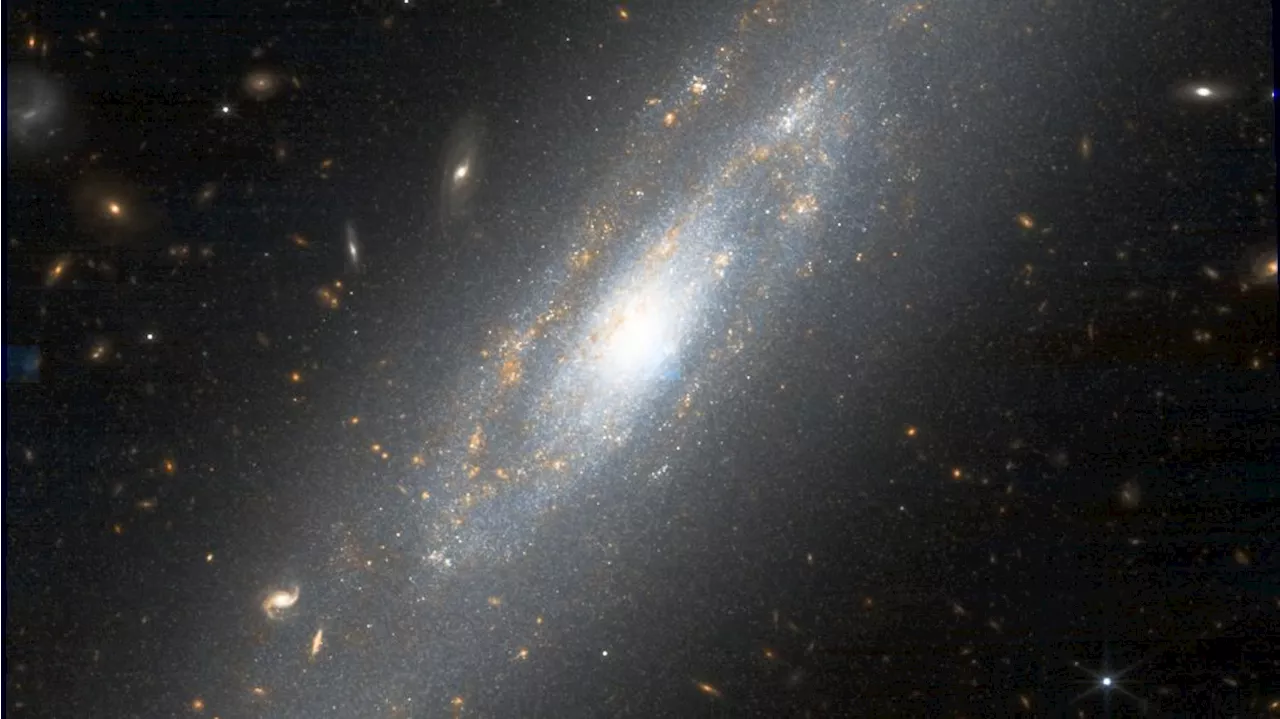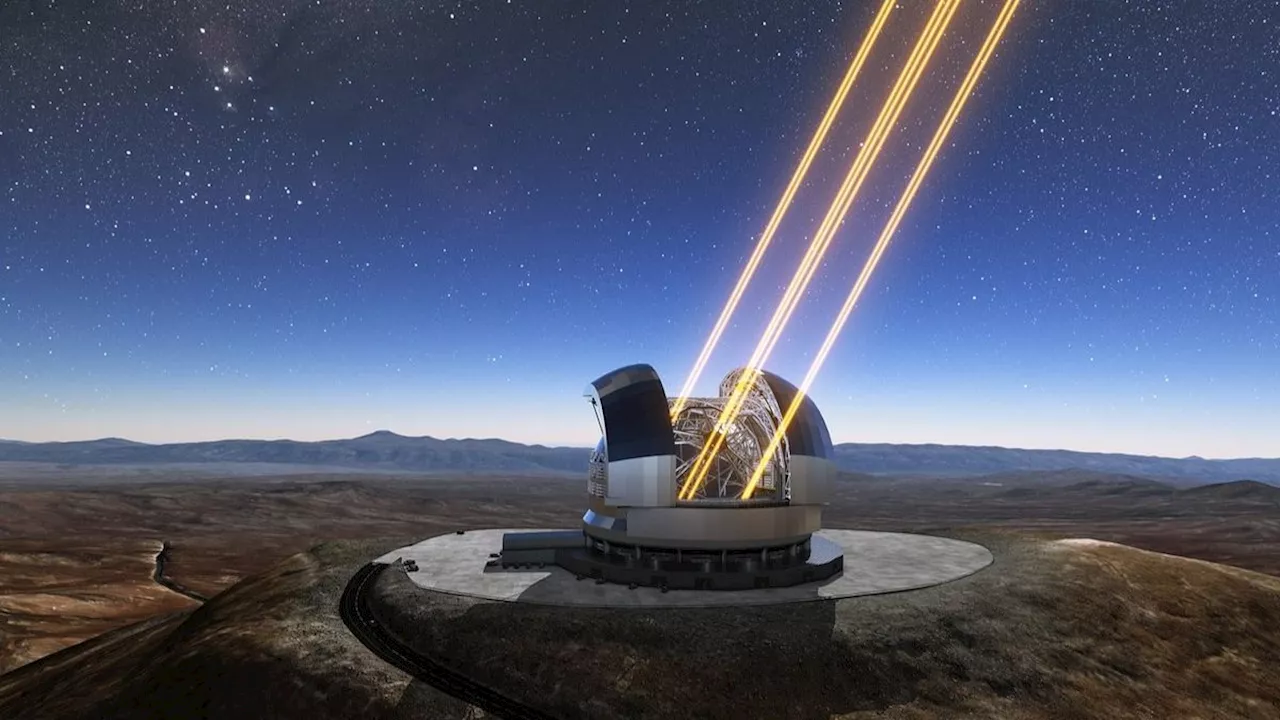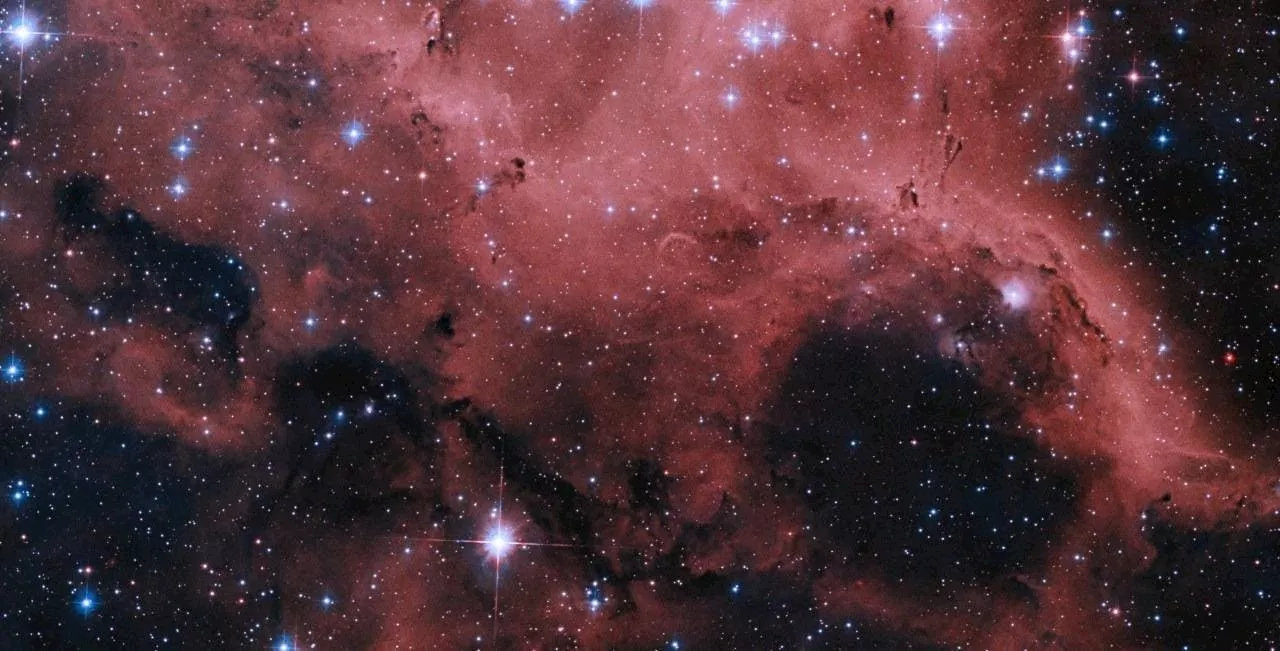Amanda Kooser is a New Mexico-based journalist who covers quirky and unusual science stories. She’s explored a mushroom growing on a frog, perfume for dogs and strange rocks on Mars. As a freelance writer, Kooser has delved into gadgets, geek culture, public schools, weird foods, transatlantic travel, broadband and Route 66.
One of the Hubble Space Telescope’s latest image releases might make you long for the cotton candy booth at the local fair. The venerable telescope captured an ethereal image of a cluster of nebulae called N11 . That’s a humdrum name for what NASA described as “a bubbling region of stars” in aon August 19. The image gives space fans a glimpse into a neighboring galaxy and the cosmic processes at work there.
Hubble’s N11 image looks like a billowing red fog littered with glitter. “About 1,000 light-years across, N11’s sprawling filaments weave stellar matter in and out of each other like sparkling candy floss,” said NASA. “These cotton-spun clouds of gas are ionized by a burgeoning host of young and massive stars, giving the complex a cherry-pink appearance.
The N11 complex consists of a group of emission nebulae—formations made up of light-emitting clouds of gas and dust. It’s located in the Large Magellanic Cloud, a dwarf galaxy that’s a cosmic neighbor of our own Milky Way. LMC is also a satellite galaxy, meaning it orbits the Milky Way. It’s a relatively small galaxy, but it’s an active place for star formation. Scientists are using Hubble to better understand the types of stars within N11 and how they’re distributed.
N11 is both a stellar nursery and a cemetery. The cloudy red regions of N11 are offset by dark bubbles. “These bubbles formed as a result of the vigorous emergence and death of stars contained in the nebulae,” said NASA. “Their stellar winds and supernovae carved the surrounding area into shells of gas and dust.” Nebulae are beautiful to look at, and they can tell us about how stars are born, live and die. Our own sun formed in a nebula around 4.6 billion years ago.
Space Hubble N11 Nebula ESA Hubble Space Telescope
United States Latest News, United States Headlines
Similar News:You can also read news stories similar to this one that we have collected from other news sources.
 NASA will shut down NASA TV on cable to focus on NASA+Mariella Moon has been a night editor for Engadget since 2013, covering everything from consumer technology and video games to strange little robots that could operate on the human body from the inside one day. She has a special affinity for space, its technologies and its mysteries, though, and has interviewed astronauts for Engadget.
NASA will shut down NASA TV on cable to focus on NASA+Mariella Moon has been a night editor for Engadget since 2013, covering everything from consumer technology and video games to strange little robots that could operate on the human body from the inside one day. She has a special affinity for space, its technologies and its mysteries, though, and has interviewed astronauts for Engadget.
Read more »
 James Webb Space Telescope adds to the confusing drama of Hubble tensionKeith Cooper is a freelance science journalist and editor in the United Kingdom, and has a degree in physics and astrophysics from the University of Manchester.
James Webb Space Telescope adds to the confusing drama of Hubble tensionKeith Cooper is a freelance science journalist and editor in the United Kingdom, and has a degree in physics and astrophysics from the University of Manchester.
Read more »
 Globular cluster NGC 6558 explored with Gemini Observatory and Hubble Space TelescopeUsing the Gemini Observatory and the Hubble Space Telescope (HST), an international team of astronomers has investigated a Galactic globular cluster known as NGC 6558. Results of the new study, published July 22 on the pre-print server arXiv, deliver important insights into the properties of this cluster.
Globular cluster NGC 6558 explored with Gemini Observatory and Hubble Space TelescopeUsing the Gemini Observatory and the Hubble Space Telescope (HST), an international team of astronomers has investigated a Galactic globular cluster known as NGC 6558. Results of the new study, published July 22 on the pre-print server arXiv, deliver important insights into the properties of this cluster.
Read more »
 The Extremely Large Telescope: Facts about the world's largest telescopeKeith Cooper is a freelance science journalist and editor in the United Kingdom, and has a degree in physics and astrophysics from the University of Manchester.
The Extremely Large Telescope: Facts about the world's largest telescopeKeith Cooper is a freelance science journalist and editor in the United Kingdom, and has a degree in physics and astrophysics from the University of Manchester.
Read more »
 NASA drops 25 dazzling images to celebrate Chandra X-ray space telescopeChandra marks 25 years of space observations on July 23, 2024.
NASA drops 25 dazzling images to celebrate Chandra X-ray space telescopeChandra marks 25 years of space observations on July 23, 2024.
Read more »
 NASA telescope discovers Jupiter-like exoplanet that takes more than 100 years to orbit its starThe Webb Space Telescope found a gas giant similar to Jupiter, but six times as massive, orbiting the star Epsilon Indi A. It takes this planet more than a century to complete an orbit.
NASA telescope discovers Jupiter-like exoplanet that takes more than 100 years to orbit its starThe Webb Space Telescope found a gas giant similar to Jupiter, but six times as massive, orbiting the star Epsilon Indi A. It takes this planet more than a century to complete an orbit.
Read more »
